A shipping container and international trade are inseparable. These big boxes make cross-border import and export possible. Established businesses have a strong connection with these containers as they bring or send their items from one place to another.
As soon as the world of trade experienced a boom, these containers were introduced as saviors to importers and exporters. They are large enough to hold a good quantity of multiple items and strong enough to keep them protected.
In this detailed article, we will discuss every salient aspect of these containers. Starting from their manufacturing to their types and availability, you’ll know everything. So, stay tuned for an insightful journey as we dive deep into the simple yet crucial features of these containers.
Here we go!
What Is a Shipping Container?
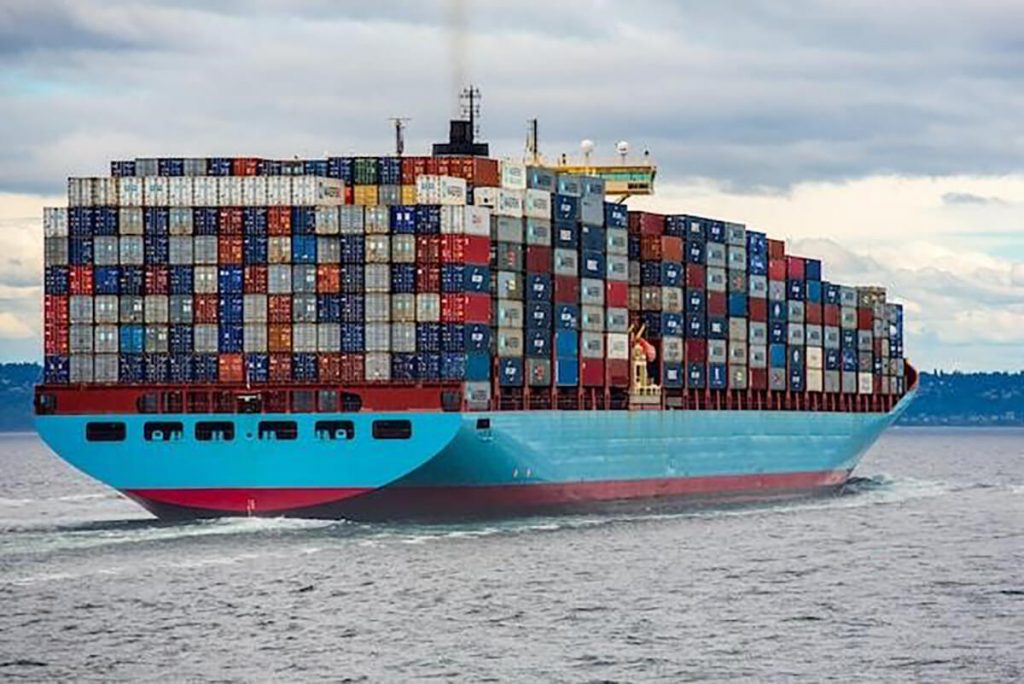
A shipping container is a big box in a rectangular shape that is used to hold items of different nature. It is usually made of steel and other tough materials that make it hard enough to stay strong.
They are used to transport items from one place to another. This journey may be intercounty or intercity, spending upon the need of a business.
You may have seen these containers at the places having commercial activities. You will especially find them at seaports and places of mass transportation.
Commercial ships are loaded with these containers to transport items across borders with ease. You can also see them on large trailers, trucks, trains, and commercial planes.
They come in standard sizes to ensure uniformity and ease of transport. The most common sizes of shipping containers are 20 and 40 feet.
These shipping containers are usually used to transport items securely. The already packaged products are loaded safely in these containers and are transported to ensure minimum damage.
The versatility of these containers makes it easy to carry any kind of goods. Businesses use these containers to pack and ship usual and special items.
They can transport industrial machinery, bundles of wholesale items, and other consumables products. They can also carry perishable items in temperature-controlled or refrigerated containers.
The widespread usage of these containers makes them the backbone of the shipping and transportation businesses. They play a vital role in ensuring smooth business transactions worldwide.
Common Types of Shipping Container
We’ll go step-by-step. First of all, let’s discuss the types of shipping containers. It’s important for you to understand the features and categories of a container. This will help you understand the scene behind them.
Knowing this crucial information will help you make the right choice while you are selecting a container for your business. You must understand which type of container is best suited for your items.
Let’s discuss the most common types of containers below:
Standard Dry Containers
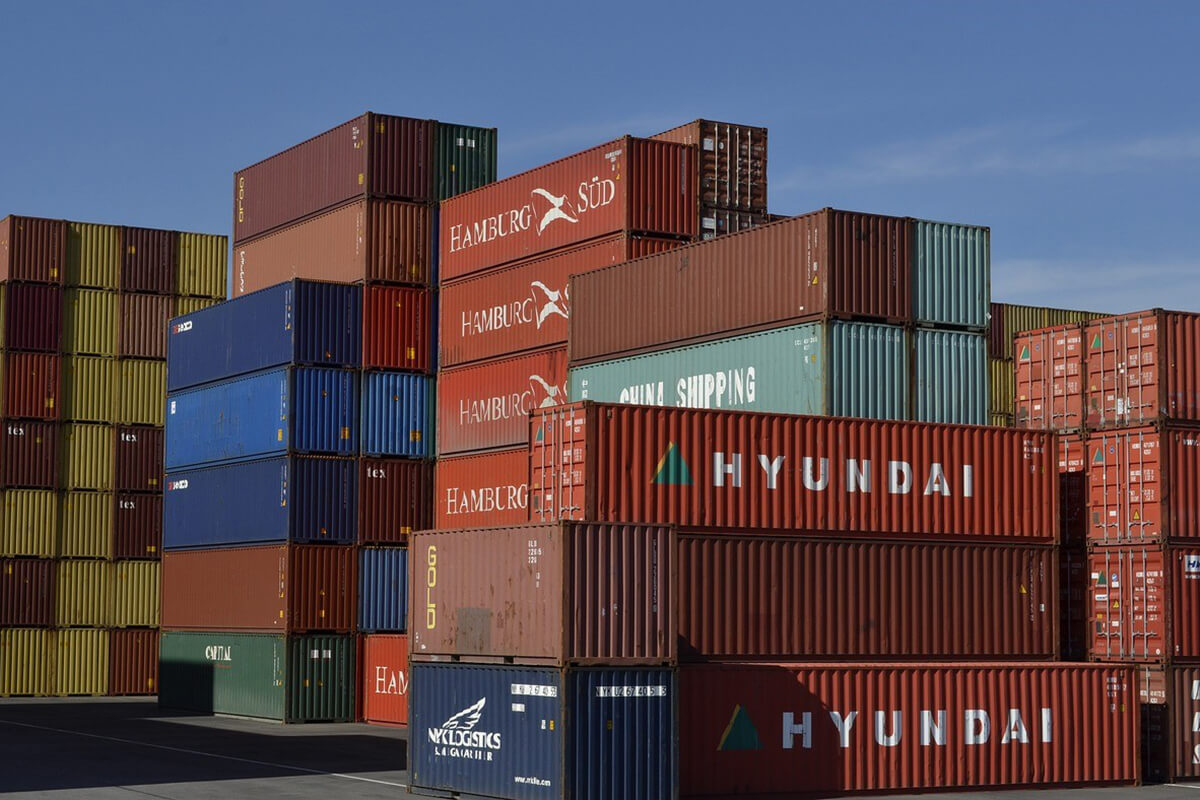
Dry containers are the most widely used containers in the shipping industry. These are the containers that carry usual items that don’t require special carriage and transportation arrangements.
These are the containers that you may have seen on ships. They are used to withhold the tough transportation conditions, including weather challenges. They are suitable for a wide variety of goods.
Importers and exporters use these containers to ship items for daily usage. These items may contain electronics, machinery, clothes, and other accessories. If you’re importing from China, these containers will be used in most cases.
Open-Top Containers
As the name suggests, these containers are open from the top. That means that the top side of these containers is removable. They are typically used when the loading and unloading is required from the top side of the containers.
For example, if the items are heavier in size and weight, the easier possibility is to get them out of the containers from the top side. Loaders and unloaders may take help from a crane or similar machinery to load and unload the items from these containers.
These open-top containers are used to transport items like construction materials, heavy machinery, and irregular-shaped items.
Flat Rack Containers
Flat rack containers have removable sides. This type of container is used when the items to be loaded and unloaded require the sides of a container to be removed. Just like the open top, you can think of these containers as the open side.
These are also used to transport heavier items. These items may include machinery and vehicles. If there is a chance of getting heavier or irregularly shaped items to get damaged via crane lifting, these flat rack containers are used to load and unload such items safely.
Reefer Containers

Reefer containers are also known as refrigerated containers. That’s because they have a cooling system inside them.
These containers are used to carry and transport items that need to be maintained at a specific temperature. These containers keep those items protected by keeping the required temperature intact throughout the way.
Reefers containers are used for transporting perishable items like fruits, vegetables, and medicines.
High Cube Containers
Just like their name, high cube containers have more height compared to normal dry containers.
You can use them if you have items that cannot fit in the standard container. At the same time, you may not be interested in getting the other container to transport the remaining goods. That’s why businesses with more than a standard container requirement use high cube containers.
Tank Containers
Tank containers are cylindrical in shape. In contrast to the stand rectangular-shaped containers, tank containers are designed in a cylinder-like shape.
These containers often have added lining of steel at their sides to ensure extra safety and security. They are most commonly used to carry sensitive liquid and inflammable items.
You can also use these containers to transport sensitive liquids, chemicals, or liquified gasses. They are often used by government bodies to import and export liquified materials.
Double-Door Containers
As the name hints, the double-door containers have two-door openings. These are just like the standard containers, but they have double doors on each side.
The introduction of two doors makes loading and unloading much easier. They provide easy access to the material inside these containers. They also help load and unload the items more quickly and efficiently.
Ventilated Containers
There are some items that require proper ventilation. Cargo via sea may take months to reach the final destination. These containers are used to provide extra ventilation to the items inside these containers.
These containers are best suited for items that need proper airflow to remain fresh.
Ventilated containers are used to transport items like agricultural products, fruits, and vegetables. You can say that ventilated containers work the same as reefers, but they rely on using natural ways to control temperature and humidity.
Sizes of Shipping Containers
Now that you have an idea of the types of shipping containers, let’s move on to our next section regarding their sizes.
The size of a container plays an important role in transporting the items efficiently. If you are aware of the sizes, you will be able to decide which size suits your items best.
Generally speaking, there are only two sizes of shipping containers. They come in 20 and 40 feet. But there are a few exceptions to this general rule of thumb.
Let’s discuss the sizes of shipping containers in detail below:

20-foot Container (TEU)
The size of a shipping container is categorized by its length. A 20-foot container means that it will be 20 feet long.
Here are the detailed dimensions of a 20-foot container:
- Length: 20 feet (6.06 meters)
- Width: 8 feet (2.44 meters)
- Height: 8.5 feet (2.59 meters)
- Capacity: Around 1,172 cubic feet or 33.2 cubic meters.
- Abbreviation: TUE (Twenty-foot Equivalent Unit)
- Uses: They are most commonly used to transport small items. They may include consumer goods, general items, and small machinery parts.
40-foot Container (FEU)
A 40-foot container only differs in length from a standard 20-foot container. All the other specifications are the same.
Here are the detailed specifications and dimensions of a 40-foot container:
- Length: 40 feet (12.19 meters)
- Width: 8 feet (2.44 meters)
- Height: 8.5 feet (2.59 meters)
- Capacity: Around 2,390 cubic feet or 67.7 cubic meters.
- Abbreviation: FEU (Forty-foot Equivalent Unit)
- Uses: The larger size of this container can accommodate heavier items. I’m addition to the general items, they are capable of transporting heavy equipment.
40-foot High Cube Container
A 40-foot high cube container has an increased height of 9.5 meters (2.89 meters).
Here are the highlights and uses of this container:
- Capacity: Around 2,694 cubic feet or 76.3 cubic meters.
- Specialty: Especially used for materials and items having more height and volume. For lightweight items requiring extra space.
- Uses: Items that don’t fit within normal-size containers are accommodated in this container. They may be bundles of usual consumer goods or oversized items.
45-foot High Cube Container
This is the biggest available container with a 45-foot length.
Here are the specifications and applications of a 45-foot-high cube container:
- Length: 45 feet (13.72 meters)
- Width: 8 feet (2.44 meters)
- Height: 9.5 feet (2.89 meters)
- Specialty: This container is especially used where additional height and length are required to fit all the items with comfort and ease.
- Uses: It is used to hold and transport big and bulky cargo items, like heavy equipment and accessories that require extra space to fit in a container.
The Typical Construction of a Shipping Container
A container is carefully engineered to provide durability, stability, and spacious room to hold items. It requires a special set of raw materials to ensure the required strength.
Although the design of a container may look simple to you, the structural specifications are always followed. Manufacturers keep the required toughness in mind that these containers have to face during transit.
These containers undergo a series of transformations. They may be transported by air, road, and sea. That’s why all the factors are incorporated.
Let’s have an overview of the construction of shipping containers:
Materials Used
The raw material used in manufacturing any item plays a crucial role in the final product’s properties. Here are the main types of material used in shipping containers:
Steel: Steel is known for its high strength, durability, and resistance. It also increases the lifespan of the product. Steel is the main component of shipping containers. It helps these containers withstand harsh weather conditions and mishandling during transit.
Aluminum: Some containers are also made of aluminum. This is to ensure that containers can resist the effects of corrosion. Steel containers are heavy-weight, but aluminum ensures to reduce the weight of a container. So, aluminum containers are more squirted for air cargo.
Composite Material: In addition to steel and aluminum, manufacturers may also use composite materials to make strong containers. Composite materials may include fiberglass. It ensures strength while keeping containers lightweight. These containers have a minimum effect on the transportation medium in terms of weight and fuel consumption.
Structural Design
As we have discussed the main material used in making containers, let’s discuss the structural design of these containers. Here are the main design features of a typical container:
- Corner Castings: Corner castings play a crucial role in loading, transit, and unloading. They are the main points for securing a container while it is loaded and during the handling. As the containers are stacked upon each other, corner castings help make them withstand the pressure of other containers.
- Floors: As the material is loaded on the floor, it is specially designed to be robust enough to hold the pressure. Floors may be built with treated wood to provide a combination of strength and flexibility.
- Walls: Walls are also designed precisely to provide overall strength and durability to the containers. Steel panels are most commonly used in wall design. They are strong and long-lasting to increase the life of these containers.
- Roof: Just like the other parts of the container, the roof is designed to withstand the internal and external conditions of a container. The outer side of the container roof is exposed to external factors. It is designed keeping in view conditions like moisture, sunlight, and other external elements.
The Standardards and Regulations for Shipping Containers
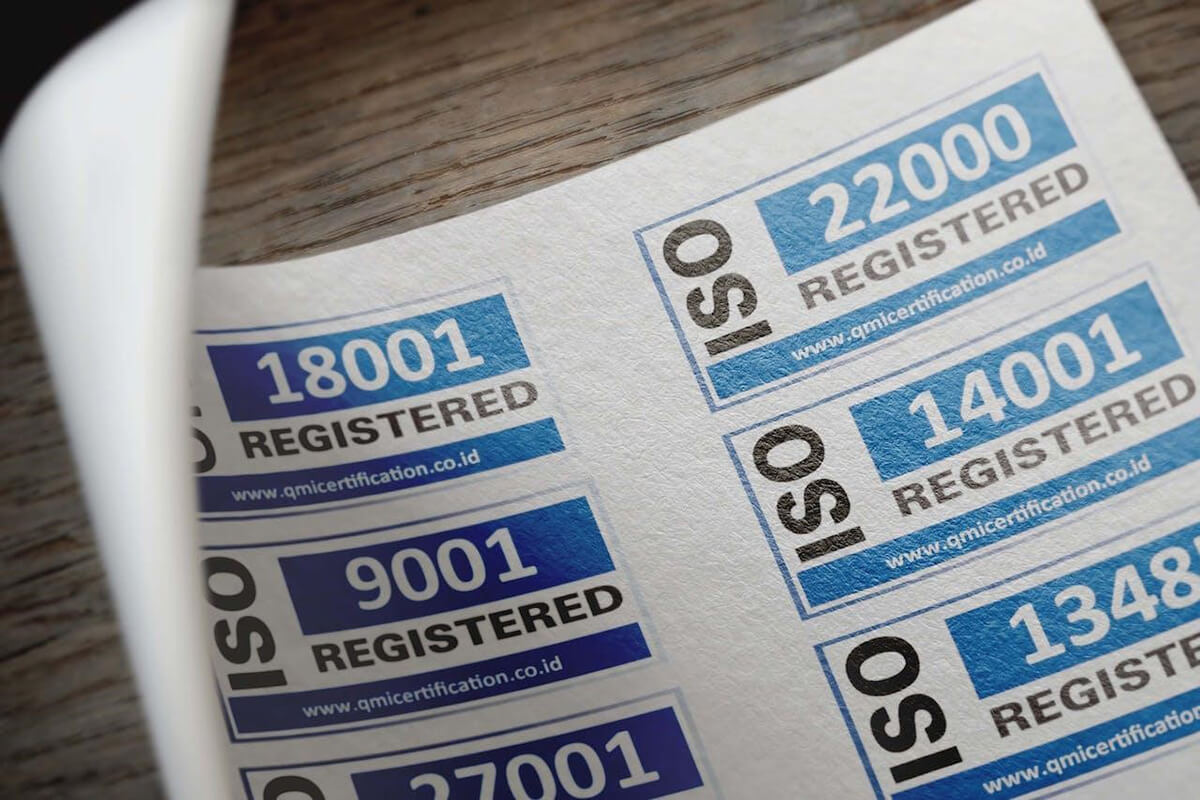
Shipping containers are internationally recognized objects to transport goods. That’s why they need to ensure compliance with international standards and regulations. The international standards have been introduced to make all these containers uniform, safe, and efficient. These regulations ensure the overall smoothness of global trade.
Let’s briefly discuss a few international standards below:
ISO Container Standards
Both 20-foot and 40-foot containers have ISO standards. These standards ensure the uniform and standard dimensions of the containers. Without these standards, you might have seen different containers with varying shapes and sizes.
The simple classification set by ISO is a Twenty-foot Equivalent Unit (TEU) and a Forty-foot Equivalent Unit (FEU). This helps simplify and standardize the classifications of these containers.
Safety and Inspection
Container safety is also ensured internationally. CSC (Convention for Safe Containers) has formulated a treaty to ensure the safety of these containers. The International Maritime Organization (IMO) is responsible for ensuring the safety of these containers.
It is mandatory for the containers to have safety inspections. There has to be a valid CSC plate on containers that indicates that the containers have been inspected and validated for safe transportation.
What Are Container Loads in International Shipping?
A shipping container can be filled as per the shippers’ demands. Based on this consolidation of cargo inside containers, two types of cargo loads are generally in practice. These are called Full Container Load (FCL) and Less than a Container Load (LCL).
This classification is based on the shipper’s quantity of items to be shipped in containers. Here is an overview of both types of container loads:
Full Container Load (FCL)
If a shipper has items that are enough to fill up the whole container, this will be referred to as a Full Container Load. The container will be fully loaded at the place of the shipper. Then it will be sealed and transported to its final destination. As it will be full, there will be no need to include more items in these containers.
An FCL shipment is safe, dedicated, and faster than LCL. It also avoids the mixing of items with other shippers’ cargo.
Less than Container Load (LCL)
LCL delivery indicates that a shipper’s items are not in the quantity that could occupy the whole container. In this case, a container has to be filled up by including the items from different shippers. That’s why the name is less than container load.
Keep in mind that an LCL shipment is also fully loaded. It is just that this shipment may have goods from more than two shippers.
The goods are marked and separated at the destination to avoid mixing and confusion. This type of shipment is cost-effective for shippers that don’t want to pay for the whole container while their goods can be shared with other shippers.
Net Weight vs. Gross Weight in a Shipping Container
The weight of a container is quite important in determining the cargo conditions and pricing of the shipments. It is also useful in planning transportation factors, like handling and regulatory compliance.
Net weight and gross weight are widely used terminologies in international shipping. Here is a brief comparison of both:
Net Weight
Net weight indicates the weight of the items in a shipment. It does not include the weight of other accompanying factors, like packaging and container.
It shows how heavy is the cargo being loaded onto the containers. It helps calculate the ratio between shipping items and other external factors.
Gross Weight
Gross weight refers to the full weight of the whole cargo shipment, including the weight of the goods and packaging, etc.
The factors included in the gross weight include the items, packaging, pallets, and anything else with the items. This also includes the weight of the container itself.
It is essential to measure both types of weight in the shipping industry. It helps calculate the costs and make necessary arrangements accordingly.
The shipping carriers consider the gross weight of the shipments to charge the shippers. This includes any additional space occupied by your shipment.
Container Handling and Transportation
Handling and transportation go hand in hand in international shipping. The better the coordination between both factors, the more efficient the shipment process.
Let’s discuss the major aspects of the port and terminal that involve the handling and transportation of shipping containers:
Role in Global Trade
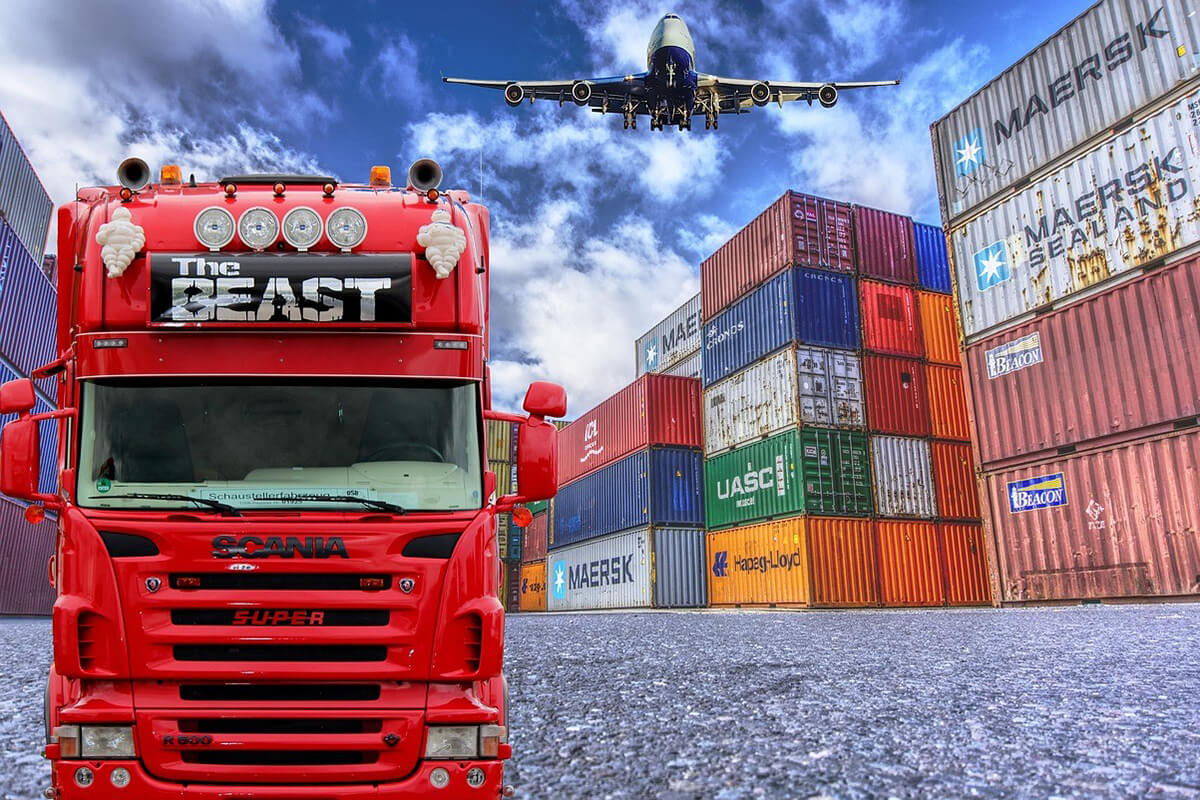
Containers are integral parts of the global supply chain. It is due to the containers that commercial activities like import and export take place.
The shipping port is the major point of exit or entry for a container that is destined for another country. It is in the case of transport via sea or ocean.
Seaports are the major points of loading and unloading containers. Containers are usually moved to other forms of transportation from seaports. These methods of transportation include trucks and trains.
A typical container may be brought to the docking ship. After that, it can be loaded on unloaded onto vessels.
There are container yards for storing the containers that are yet to be transported via other mediums. They may be organized and categorized based on their destinations. You may also see cranes in this area for easy and efficient lifting and handling of these heavy containers.
Intermodal Transport
Containers may experience three different kinds of transportation. Let’s discuss them briefly below:
- Rail Transport: Rail transport is also referred to as train cargo. You may have seen commercial trains carrying containers. This type of transportation is used to ensure the cost-effectiveness of the overall shipment process. Railyards may serve as the connecting points between two places. It is especially suitable for transporting containers having larger distances.

- Trucking: Trucks are also an important type of vehicle to transport containers via road. They may pick up the containers docked at railyards to deliver them to the required destinations. This mode of transportation is commonly used for door-to-door delivery. Trucks are used for shipping containers having shorter distances.
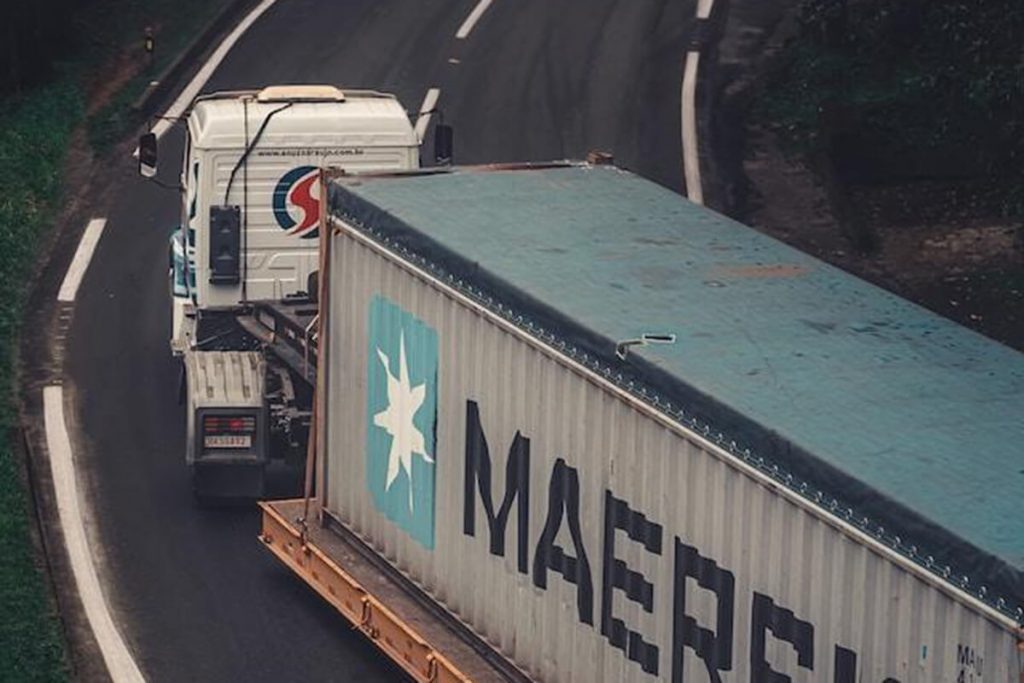
- Container Ships: Container ships are used for transporting containers across borders having long distances. It is the most efficient and cost-effective way of shipment between countries. Containers are shipped by following the pre-decided routes. A ship loaded with containers may have a longer lead time, but it is the most affordable and sustainable way of transportation.
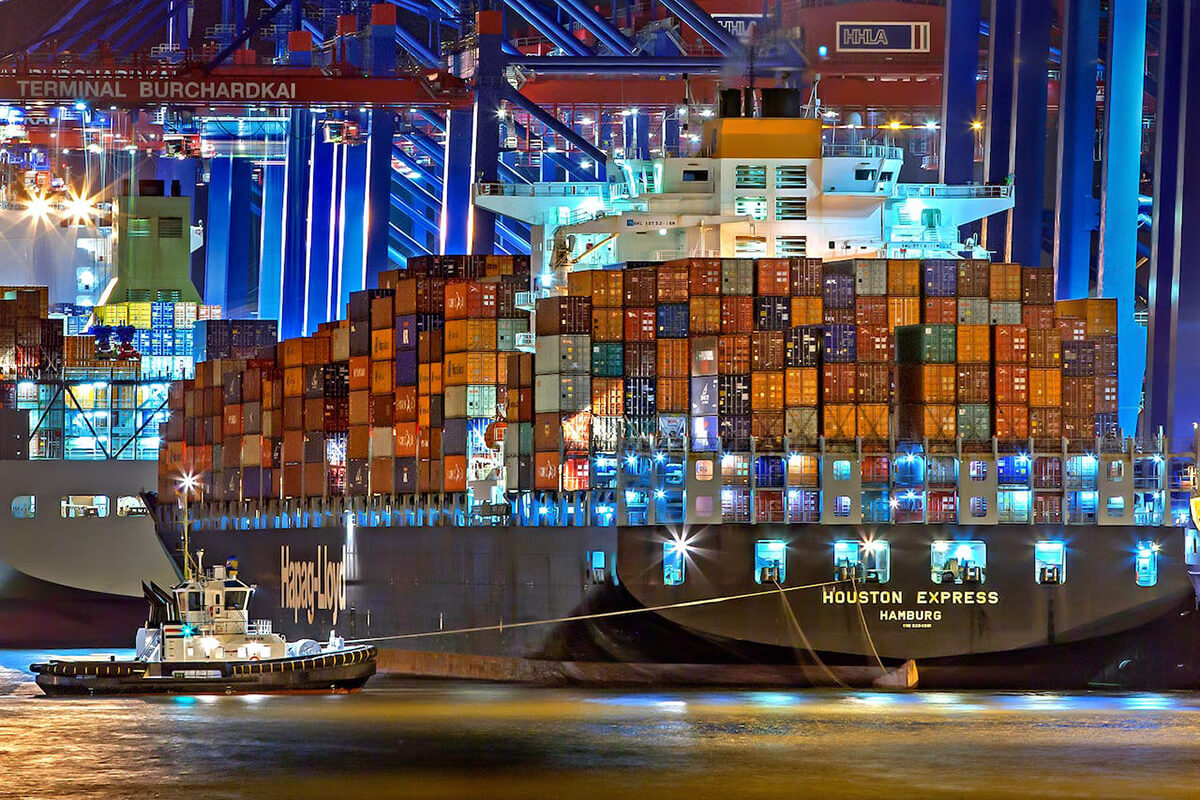
Where to Get Shipping Containers?
Whether you are a retailer or wholesaler, you would need shipping containers to transport your goods. It applies both to the local and international supply chain processes. That’s why Amazon FBA sellers are also aware of the containers to bring their goods from other countries.
You may use one of the safest shipping incoterms like Delivery Duty Paid, but you would still need to know where to find containers. Your suppliers will not be able to overcharge you if you know where and how to find containers for your items.
You may source shipping containers by considering factors like quality assurance, inspection, and prices. You may also get containers on online marketplaces.
The following are a few options to consider while sourcing a shipping container:
Container Companies
There are companies that specialize in manufacturing shipping containers. You can search for them on the Internet and ask for a quotation to get an idea of the prices. Even if you don’t buy from him, you will at least be able to negotiate prices with your suppliers.
Online Marketplaces
You can also find containers on online marketplaces, especially websites and apps like Alibaba. You will find various sellers who provide container services along with your required products. So, you don’t need to worry about the containers to be used for such projects.
The best positive point of using online marketplaces is that you don’t need to visit the manufacturers or container suppliers physically. You can check for all the specifications of a container, order a live photo, and do much more online.
Considerations for Buying Containers
You must always keep the following points in mind while you are trying to buy a fresh or a used container:
- Market Research: You need to check the prices and categories of the containers before buying them directly. If you want to purchase containers physically, you need to visit the commercial hub for containers and get the information. Otherwise, you may also check their prices online.
- Inspection and QA: You have to carry out a full inspection of the container before buying it. Check if there is excess rusting that indicates the old age of the container. Also, check if the container is strong enough to hold products inside it.
- Used Containers: You may also buy used containers. They also do the job provided they have been properly maintained. You may take a professional inspector with you for help. Try to guess the age of the container and identify any modifications made to cover up the damages.
- Bulk Purchasing: You may also decide to purchase containers in bulk quantities. Just like any other item, you will get discounted prices for containers too.
How Can a Sourcing Agent Help in Arranging Shipping Containers?

A sourcing agent is a professional individual or a company to arrange items as per your demands. If you want to buy containers from another country, the safest option is to hire a sourcing agent from that country.
You may think of having to pay the extra cost for the agent’s services. But that extra cost would be way less than the loss of having a substandard container.
Let’s discuss ways in which a sourcing agent can help you get a quality container at affordable prices:
- Credible Supplier Search: If you want to buy from another country, you may not be able to reach the best available supplier even after searching for days. Contrarily, local sourcing agents are experts in their fields. They have all the local knowledge, network, and expertise to find the right suppliers in the shortest possible timeframe.
- Price Negotiation: You may be an excellent negotiator. But the negotiations done by the agents would reflect value to your business. That’s because if they do not provide you with the best affordable prices, their own business will be at stake. They can easily get volume discounts from suppliers as they may have already done it for their other clients.
- Container Customization: There may be instances when you would need to customize your containers. In that case, you will need an expert in the form of an agent to find a reliable manufacturer who can make the desired changes in your containers.
- QA & QC: Professional sourcing agents have certified quality checkers in their teams. They are experts in checking products from different angles and parameters. Hiring a good agent will help you get the best quality container according to your criteria. If you want, an agent can also provide a certificate of conformance that fulfills all the safety requirements.
- Wide Network: Established sourcing agents have a wide local and international network of transportation. You would want a container to transport your items from the source to the destination country. That’s exactly the area of expertise of a good sourcing agent.
- Market Expertise: Good sourcing agents have links established in the main markets of a country. They can help you get the containers in different parts of a source country. For example, you have decided to source products from the Yiwu Market in China. A sourcing agent can help you get containers to pick, pack, and ship your items from Yiwu to your own country.
- Communication Facilitation: One of the major benefits of sourcing agents is that they help you in delivering your messages correctly. This is especially useful in cases where there are entirely different languages. For example, Western buyers find it difficult to communicate with Chinese suppliers. Sourcing agents are experts in both languages. Hence, they remove the communication barrier between both parties.
- Risk Mitigation: An agent can reduce your risks for a failed or disruptive international shipment. There are certain times when a supplier is unable to cooperate in delivering the shipments promptly. So, if you are in some other country, you will want to have your eyes and ears in the source country. An agent exactly works like that. So, you can reduce your chances of late shipments during peak seasons like Q4 by having a professional agent on your back.
- Long-term Support: Working with a sourcing agent is mostly regarded as a pleasant experience. That’s why international buyers feel comfortable hiring them again for their future transactions. This turns out to be a win-win situation for both parties. Having an agent saves your time in multiple ways and you enjoy a long-term business relationship for continuous support.
FAQs about Shipping Containers
People have a lot of questions in mind regarding shipping containers. That’s why we decided to answer the most frequently asked questions in this section.
Have a look below to address your current or future inquiries regarding containers.
Can shipping containers be customized for specific cargo needs?
Yes. Shipping containers can be customized according to your specific needs and shipping requirements. You can ask to get modifications from the inner or outer sides of containers. However, the overall shape and size will have to remain the same as directed by ISO and other maritime standard organizations.
Can shipping containers be used for purposes other than cargo transport?
Yes. You may have seen some houses, huts, and resorts in distant places that look like containers. Most of them are made of shipping containers. They are actually the safest options to keep anything inside them securely. So, people also use them for other purposes. These containers are also used as sheds and offices in some places.
How has technology impacted the tracking and management of shipping containers?
Yes. Containers may look like simple entities. But they also have undergone a series of technological advancements. You may have noticed that shipping companies provide you with live tracking information. You may track your shipments all the way from the source country to the final destination. This GPS-enabled tracking has revolutionized the shipping industry.
Summary
Congratulations! If you have made it this far, you are equipped with enough knowledge of a shipping container. You are now better positioned to buy and use the containers that best suit your business requirements.
Arranging a container is an essential step in international trade. Some importers may ignore this most important factor, but professional businesses take it seriously to secure their trade items. Are you having difficulty arranging a container and want professional help in this regard? Don’t worry! You can contact us any time by filling out our simple form. Our expert container specialist will be right there to guide you through everything until you get the container that resonates with your business needs.

